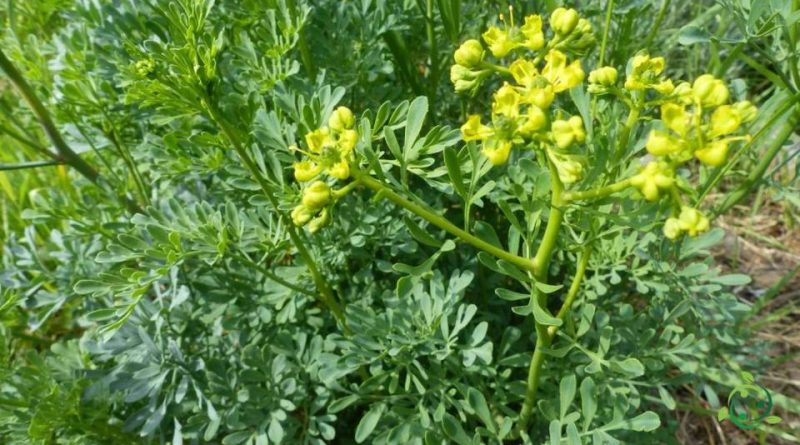How the Common rue reproduces
How the Common rue reproduces
The common rue (Ruta graveolens L.) is a perennial plant of the Rutaceae family, common on the Italian territory (with the exception of the islands where it is found only in orchards and gardens) even in the spontaneous state and which grows below 1000 meters of height. altitude.
Rue has a pleasant, not excessively strong aroma and is used to flavor grappa. The seeds along with the mint leaves are used to flavor game meat.
However, remember that the extracts of rue are mutagenic and hepatotoxic; in large doses they can cause violent gastric pain, vomiting, systemic complications, even death. Rue oil can cause kidney damage and severe liver degeneration.
Furthermore, exposure to rue extracts, or to plant preparations derived from it, can cause severe photodermatitis, which can cause real skin burns.
This plant can be multiplied both by seed and by cutting. For the details of the cultivation technique, refer to the following sheet.
Propagation –
The common rue, as mentioned, is a plant that can be propagated both by seed and by cutting.
In seed propagation it is recommended to sow the small black seeds in spring by choosing a sandy substrate. Subsequently, when the seedlings are sufficiently developed, they can be transplanted in pots or in the open field, choosing a sunny place.
The seed can be purchased in specialized shops or even online or, at the end of flowering, when small lobed berries are formed, the small black seeds are taken inside which must be stored during the winter period in a dry and in the dark.
If you decide to propagate by cuttings, you need to take some semi-woody twigs that will always be rooted on sandy substrates, in shaded areas and constantly irrigated without causing stagnation. When the first leaves appear, it means that the new plants have taken root.
An even simpler propagation is that by division of clumps; in this case portions of plants, with parts of the root system, are taken and multiplied in the same way as cuttings.
The optimal period for vegetative propagation, both for cuttings and for tufts, is that of summer, taking care that the plant is not exposed directly to the sun and is placed in a rather cool area.

